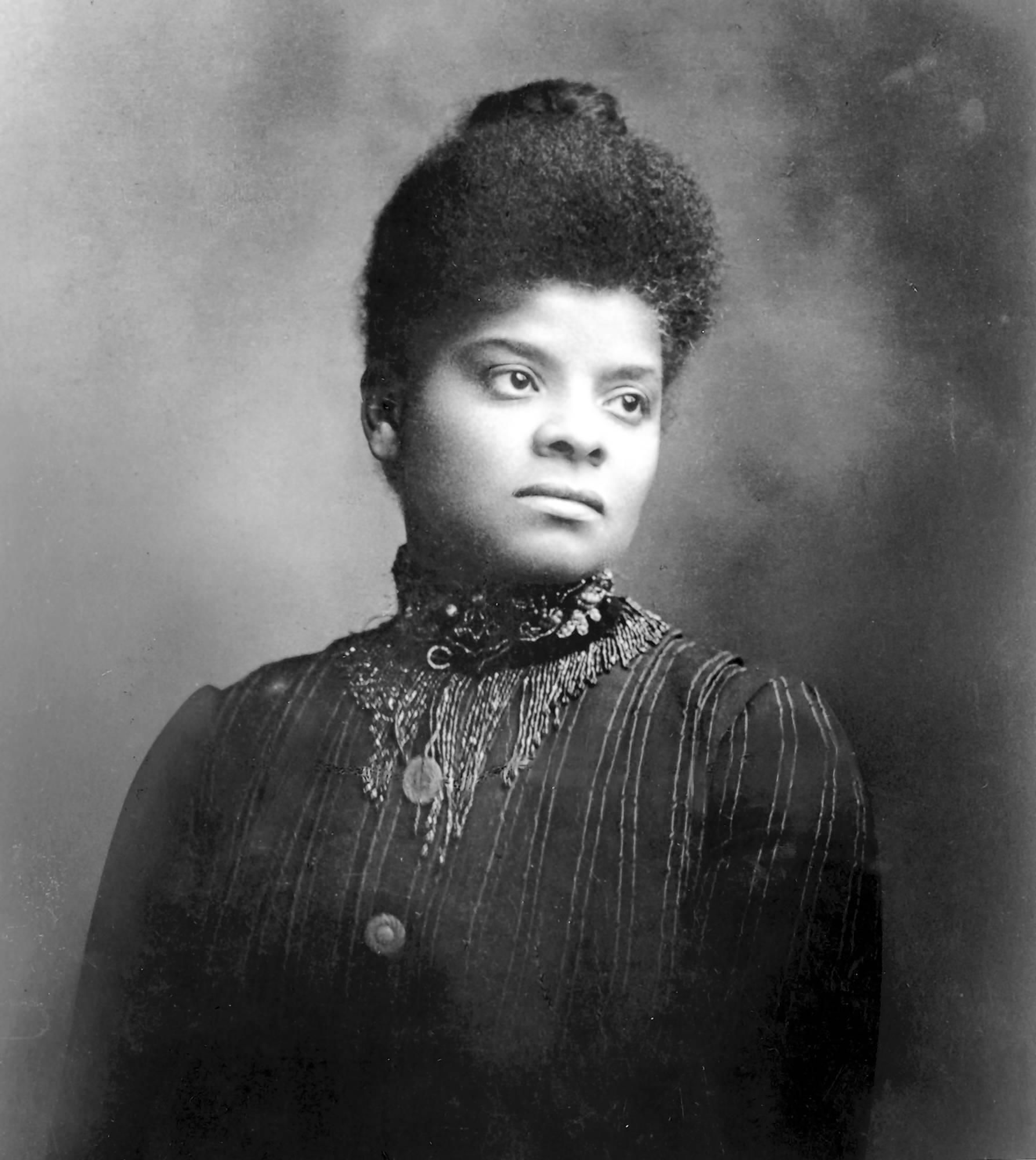Ida B. Wells and Her Fight for Positive Black Representation

Written by Leigh Logan, Yale 21'
Edited by Serena Cho, Yale 21' and Yassi Xiong, Yale 22'
After Emancipation in 1863, white supremacists sought to replicate oppression during the period of chattel slavery. They created the rape/lynch myth, which saw black men as violent predators of white women and insinuated lynching to be the only appropriate solution for said crimes. While the roots of the lynching crisis stemmed from the economic turmoil of the south following the falling prices of cotton, the myth continued to engrain negative stereotypes and representations of blackness through the US — not just the south. Through her work to expose the rape/lynch myth, Ida B. Wells refuted the excuse of preventing sexual violence to justify the lynchings of black men in her writings and pamphlets. In her piece “Crusader for Justice,” she debunked the myths of white southern mob violence and exposed the baseless arguments for these acts of terror. By focusing on statistical and empirical evidence and distributing her findings throughout the US despite the threat of violence, Wells broke down the constructed image of the black race as violent and unruly and acted as an example of black excellence.
In Ida B. Wells’ speech in 1909 at the National Negro Conference, she chronicled all the justifications used to rationalize the lynchings of 285 people after the riot in Springfield, IL. In doing so, she exposed the inconsistency in the rationalization of these murders because 92 of the cases cited occurred because of an “unknown cause,” “no cause, 10; race prejudice, 49.”1 These statistics demonstrated the baseless accusations that led to the hanging of black people in the south and reinforced Wells’ argument that “Lynching is color-line murder” and that “Crimes against women is the excuse, not the cause.”2 These two assertions exposed the injustice behind the gratuitous murders of black people to protect white women and helped allocate space for black women to situate themselves as proper citizens by no longer forcing black women to choose between their womanhood or their race. Wells published multiple articles and pamphlets addressing these issues and helped correct the negative representations of blackness and opened the door for the creation of spaces centered around the protection of black womanhood...
